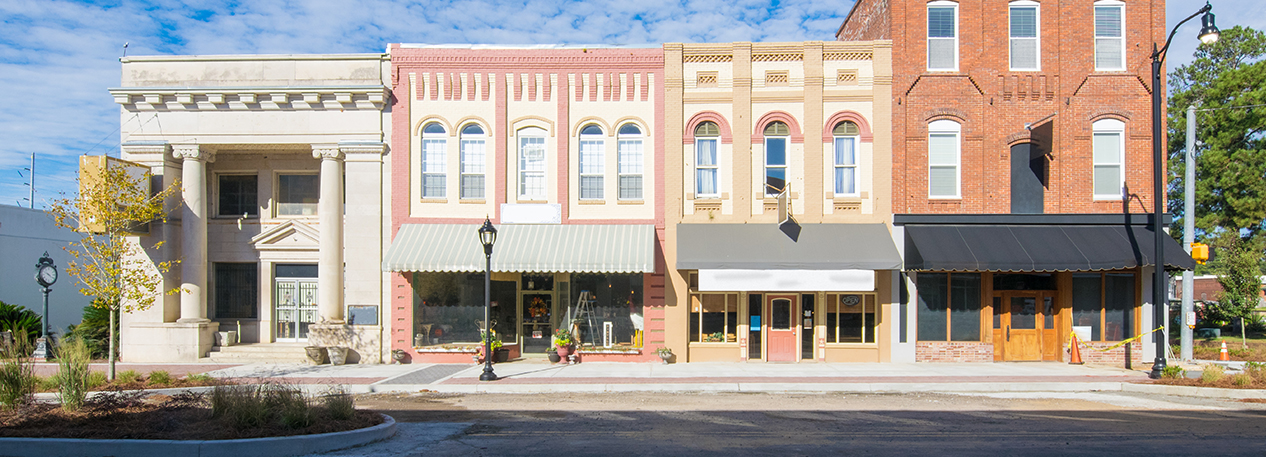Since the mid-1990s, banks have increased their commercial real estate (CRE) lending significantly, allowing the CRE market to almost double as a share of the nation's overall economic output. This growing share of CRE mortgages on bank portfolios presents a financial stability challenge, since CRE exposure has been a key determinant of bank failures in the past. As commercial property prices have climbed back up since the financial crisis, CRE capitalization rates—the expected return to investors in commercial real estate1—have fallen to historically low levels. This fall suggests that commercial real estate prices could be poised to tumble again, potentially causing large numbers of CRE borrowers to default, and leaving banks with steeply devalued CRE mortgages on their books and too little capital to match their liabilities.
This article presents evidence of the link between exposure to commercial real estate loans and bank failure, and then estimates how much more capital banks would need to withstand a decline in commercial real estate values like that observed during the financial crisis. Preventing bank failures and keeping capital levels in a position to absorb losses protects taxpayers because it reduces the expected cost to the federal deposit insurance fund and the likelihood of government intervention in the case that the crisis becomes widespread. Moreover, failures at small banks, which are generally more directly exposed to commercial real estate, tend to disproportionally affect small savers and borrowers.
This article appeared in the First Quarter 2019 edition of Economic Insights. Download and read the full issue.
[1]More specifically, capitalization rate refers to the ratio of a property's annual net operating income to its price.
View the Full Article
